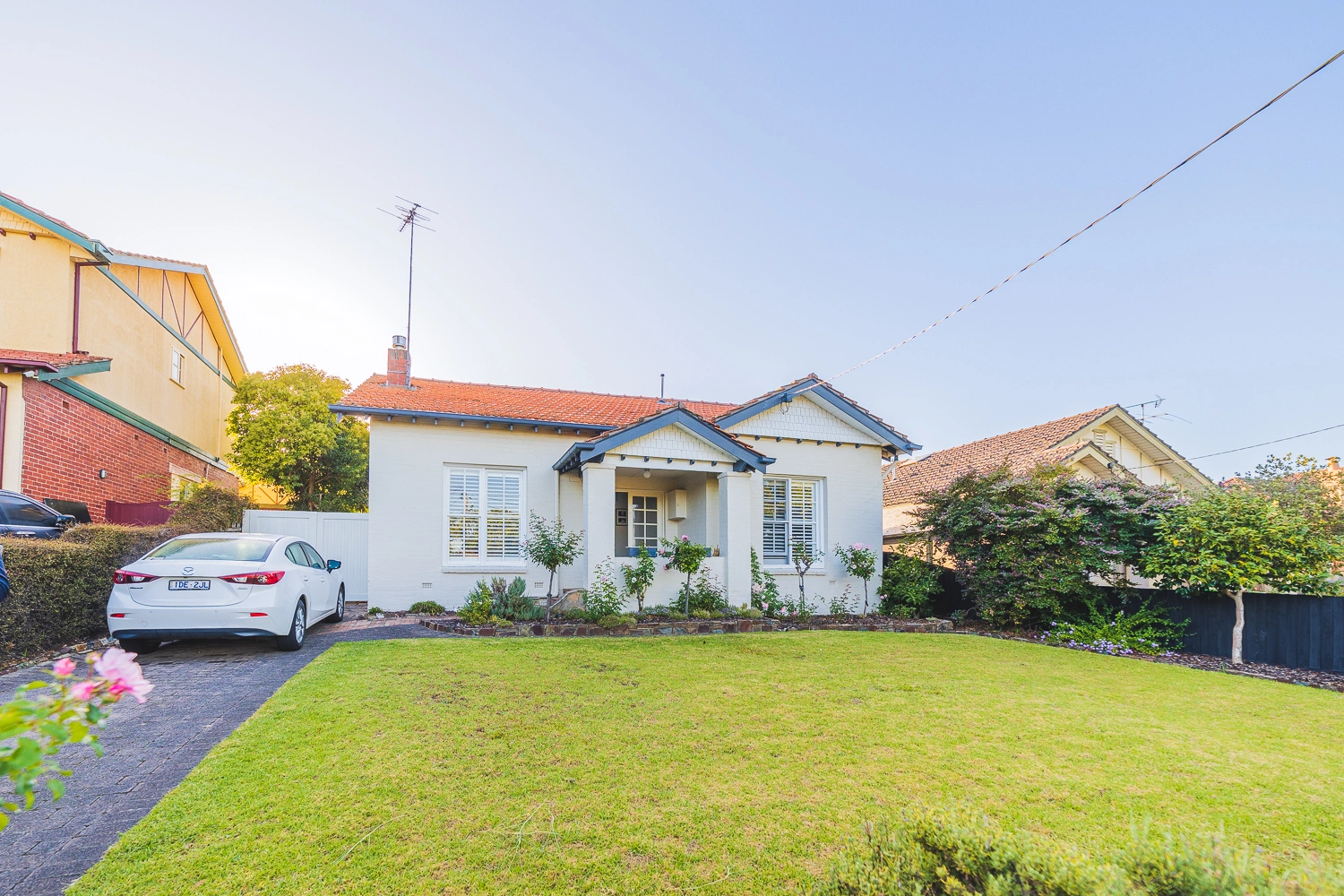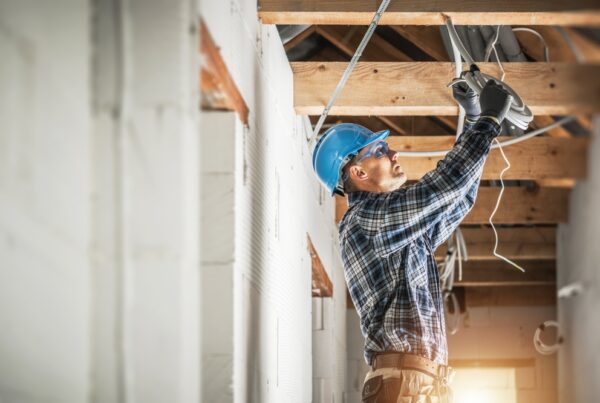Tax Depreciation: Property Managers’ Guide to Supporting Investor Clients
Navigating the road of property investment can be challenging, especially with the current high interest rate and inflationary environment. As property managers, you want to ensure that your property investor clients are making the most out of their investment property and any improvements. One way to do this is by taking advantage of tax depreciation schedules.
By understanding tax depreciation schedules, you can help your clients save thousands of dollars in taxes each year. Here is some key information to help.
Understanding tax depreciation
Tax depreciation refers to the gradual decrease in the value of an asset over time due to wear and tear. For investment properties, the Australian Taxation Office (ATO) allows property investors to claim tax deductions for the depreciation of rental property assets over time. This includes the building itself as well as fixtures and fittings such as carpets, appliances, and furniture.
- Deductions fall under two categories that a specialist preparing a tax depreciation schedule would evaluate:
- Capital works (division 43) – the building itself, bricks and mortar, foundations, walls, roofs, and fixed items like doors and windows.
Plant and equipment (division 40) – this refers to easily removable items such as carpets, blinds, A/C, ceiling fans, kitchen appliances etc.
Tax depreciation schedules explained
A tax depreciation schedule is a detailed report prepared by a qualified quantity surveyor that outlines the tax-deductible depreciation of a rental property. It details the value of each depreciable asset in the property and calculates the annual depreciation of each item based on its effective life. Effective life is the estimated number of years that an asset can be used before it becomes obsolete or needs to be replaced.
Accountants utilise tax depreciation schedules when preparing a property investors tax return by making a claim for the tax deduction allowances detailed within the report. It’s an ongoing tax deduction over a period of time (up to 40 years) and will reduce the payable tax and increase money in the property owner’s pocket.
How property managers can assist property investor clients
By enlightening property investor clients about the benefits of tax depreciation and recommending a qualified quantity surveyor to prepare a tax depreciation schedule for their investment property, property managers could save an owner up to $20,000 a year in tax benefits. An Acumentis property expert has a trained eye to capture all the details of depreciable items that will deliver the maximum possible returns for property investors.
The cost of preparing a tax depreciation schedule is tax-deductible and can be claimed as a deduction in the same financial year. This means that the cost of preparing the schedule will be recouped by the tax savings in the first year alone.
“80% of property investors don’t take full advantage of tax depreciation”
Many investors fall into this alarming static by being ill informed or not knowing about tax depreciation. Answering common questions, you may be asked can help provide valuable insights and result in significant tax savings for your property investor clients.
Unlock Thousands in Tax Savings for Your Property Investors
⚬ Pay Less Tax ⚬ Boost Your Cash Return ⚬ Schedule Lasts a lifetime ⚬ Fee 100% Tax Deductible ⚬
Can depreciation be claimed on all investment properties?
The short answer is very likely yes. 99.9% per cent of investment properties will be entitled to some form of deduction.
A misconception many investors have is thinking that their older property isn’t eligible for tax depreciation. Newer properties will generally give you more depreciation, but older properties still offer many significant tax benefits for investors, particularly through unclaimed renovations.
Dates matter when it comes to depreciation, and the below will provide a guide on what can be claimed for older properties.
Built before 1987 – if an investment property was constructed prior to this date and is unrenovated, depreciation can only be claimed on Plant and Equipment.
However, if renovations have been undertaken on the property since 15 September 1987 you can claim structural items on the building (Capital Works) renovations. This can also be claimed even if it was a previous owner who did the renovation.
Built after 1987 – Any investment property built after 16 September 1987 can attract deductions on both the building (Capital Works) and the assets within (Plant and Equipment).
Can investors claim on a renovated property?
Absolutely YES and this is where Acumentis Quantity Surveyors can add serious value. When an investor purchases an investment property, they have also purchased the entitlement to claim depreciation on the property’s improvements – even if the renovations were undertaken by the previous owner.
The Acumentis team are qualified experts that can estimate the construction costs. Most houses 10+ years old will have had works done. The most typical being:
- Bathroom – commonly worth up to $25,000
- Kitchen – commonly worth up to $30,000
- Floor & Wall Tiles – commonly worth up to $10,000
On a 10-30 year old property there is $65,000 which could be detailed in a tax depreciation schedule.

Can investors start claiming depreciation now even if they’ve had their investment property for years?
Yes, they can. An investor’s accountant can help claim tax depreciation retrospectively, amending up to the past two financial year tax returns and making the most of depreciation deductions that may have been lost through not claiming.
Is it worth getting a depreciation schedule for a small apartment?
Depreciation schedules are worthwhile on all property types. In addition to the building itself and fixtures and fittings in the apartment, apartment complexes have many depreciable items including common areas like pools, gyms, and entertaining spaces.
The Acumentis team often prepare schedules on one-bedroom apartments that results in cash flow savings between $6,000- $14,000 per year.
Help your investor clients become depreciation-savvy with the right team by your side. The tax depreciation experts at Acumentis can provide detailed depreciation schedules for residential, commercial, and rural agribusiness properties.
Contact Acumentis to Find Out More
Save thousands with a Tax Depreciation Schedule.
Schedules from $600 + GST.









